 The CLAS experiment at the CEBAF accelerator of the Jefferson Laboratory, in the United States, with the collaboration of INFN researchers, has published on Nature a study on the behaviour of quarks that could unveil a mystery that has lasted 35 years. In 1984 the European Muon Collaboration (EMC) of CERN in Geneva discovered that the quarks that make up the protons and neutrons of the atomic nuclei behave differently than the quarks that make up free protons and neutrons. The unexpected phenomenon – which scientists called the EMC Effect from the acronym of their experiment – remained however all these years without a universally accepted explanation. Now, the new research by CLAS could shed light on this unsolved question: the result obtained shows that the internal structure of protons and neutrons changes when these particles aggregate forming related pairs: in these pairs a strong overlap of protons and neutrons is created, that gives the quarks inside them more space to move and leads them to move more slowly. The analysis represents a step forward for the study of low-energy QCD in nuclear systems.
The CLAS experiment at the CEBAF accelerator of the Jefferson Laboratory, in the United States, with the collaboration of INFN researchers, has published on Nature a study on the behaviour of quarks that could unveil a mystery that has lasted 35 years. In 1984 the European Muon Collaboration (EMC) of CERN in Geneva discovered that the quarks that make up the protons and neutrons of the atomic nuclei behave differently than the quarks that make up free protons and neutrons. The unexpected phenomenon – which scientists called the EMC Effect from the acronym of their experiment – remained however all these years without a universally accepted explanation. Now, the new research by CLAS could shed light on this unsolved question: the result obtained shows that the internal structure of protons and neutrons changes when these particles aggregate forming related pairs: in these pairs a strong overlap of protons and neutrons is created, that gives the quarks inside them more space to move and leads them to move more slowly. The analysis represents a step forward for the study of low-energy QCD in nuclear systems.
You might also be interested in
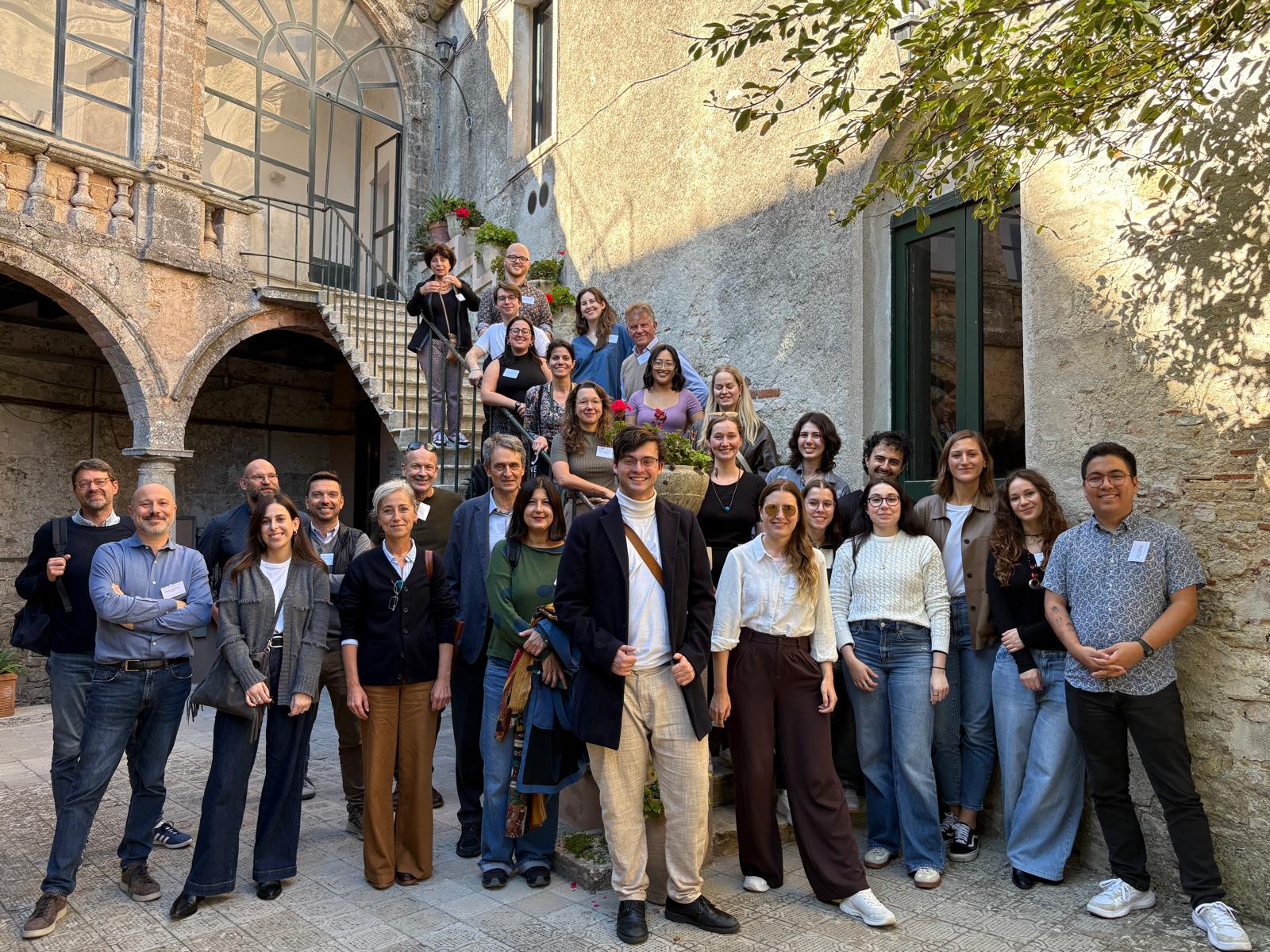
ORIGINS. Exploring Science Communication and Journalism
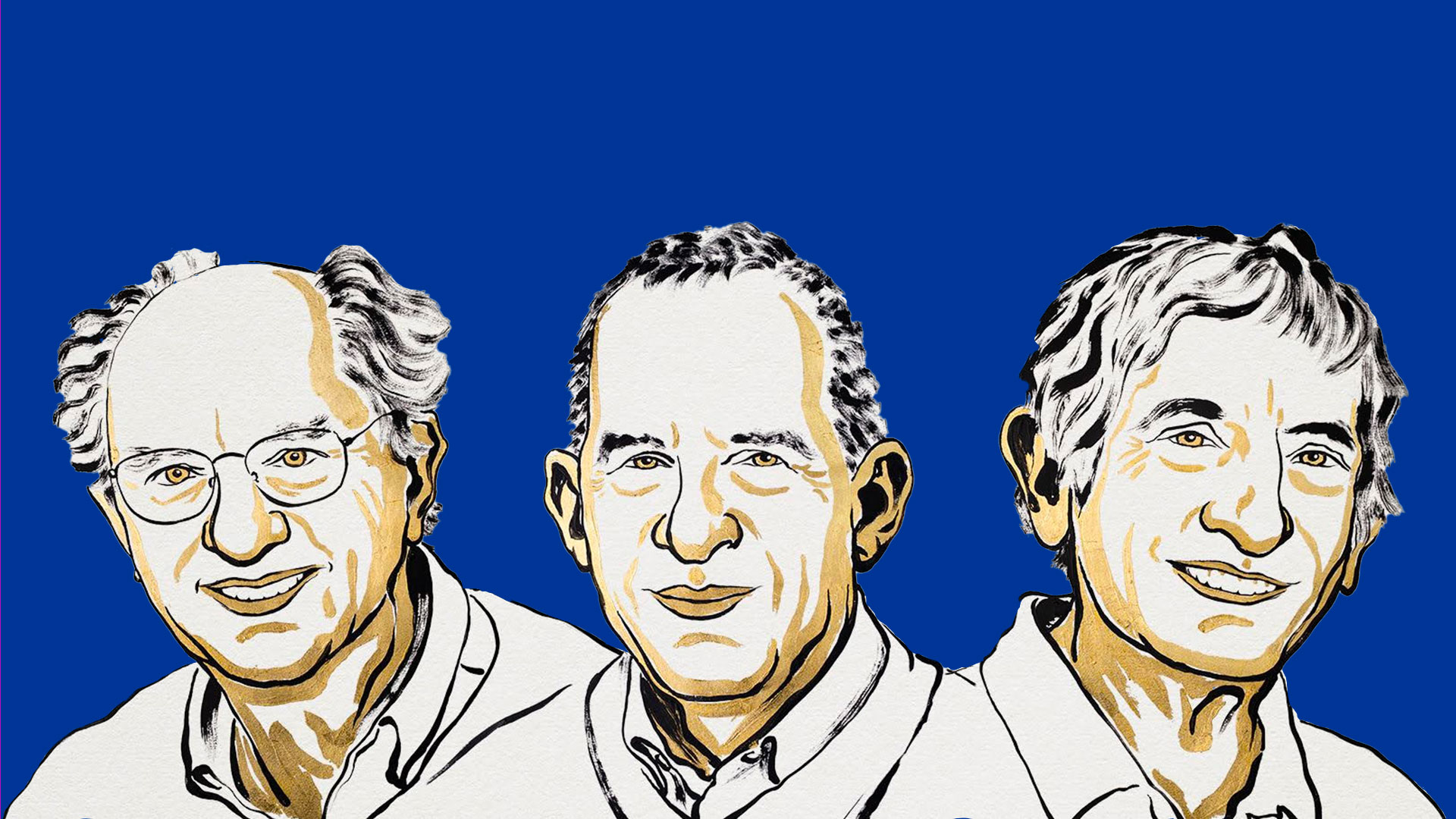
Nobel Prize in Physics 2025: congratulations to John Clarke, Michel H. Devoret and John M. Martinis
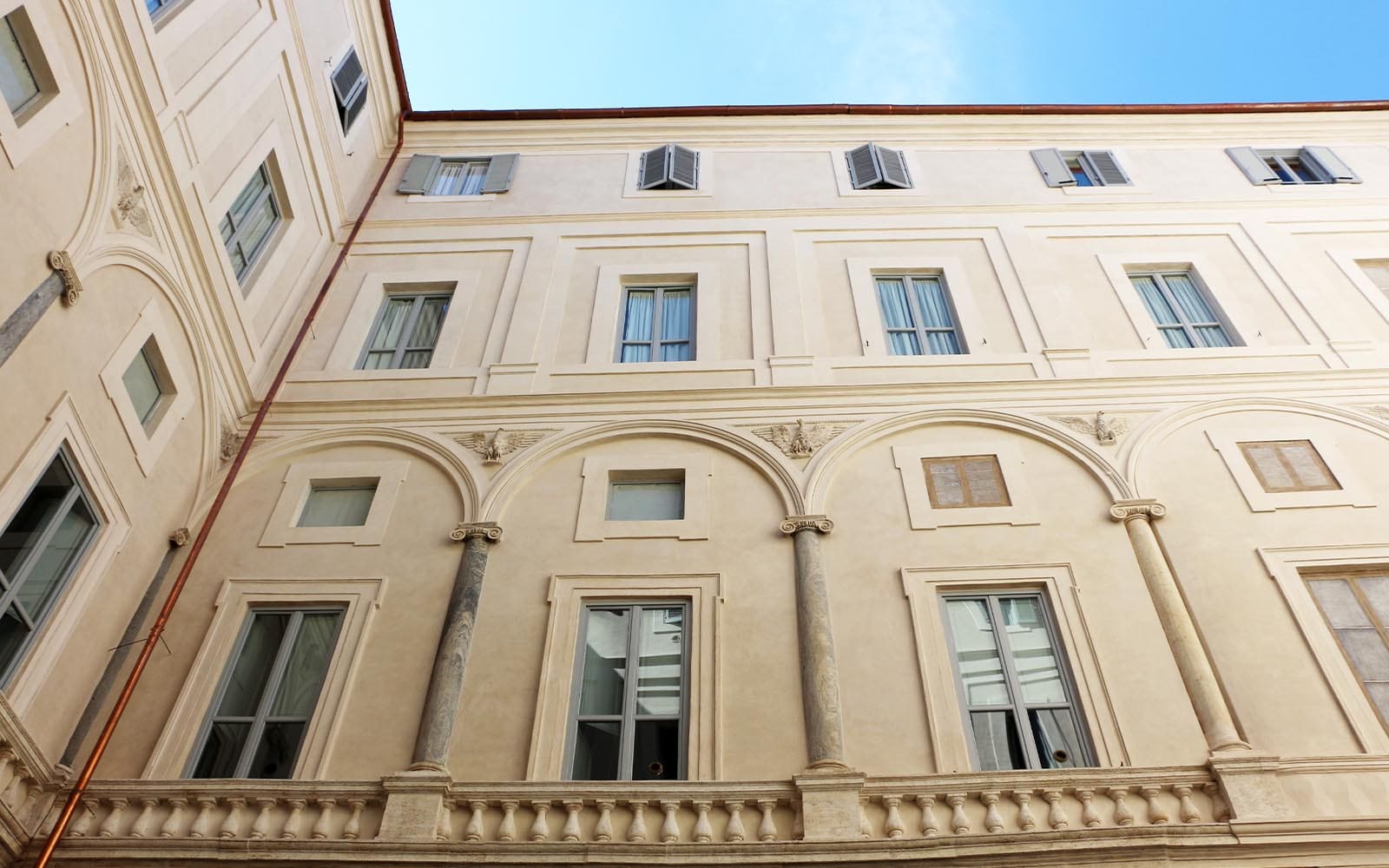
INFN statement in support of peace in Gaza and commitment to scientific diplomacy
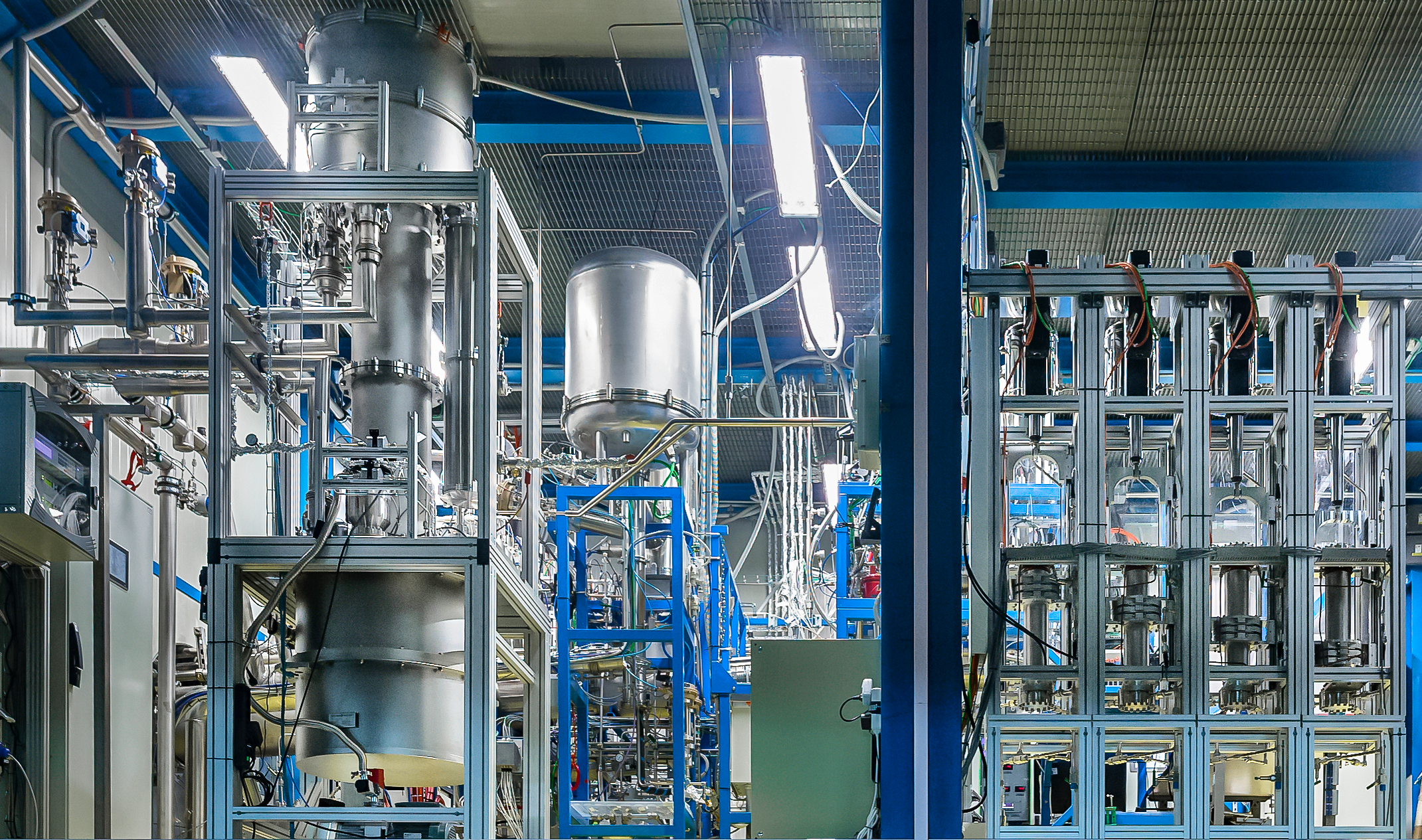
XENONnT: record levels of purity achieved in the search for dark matter
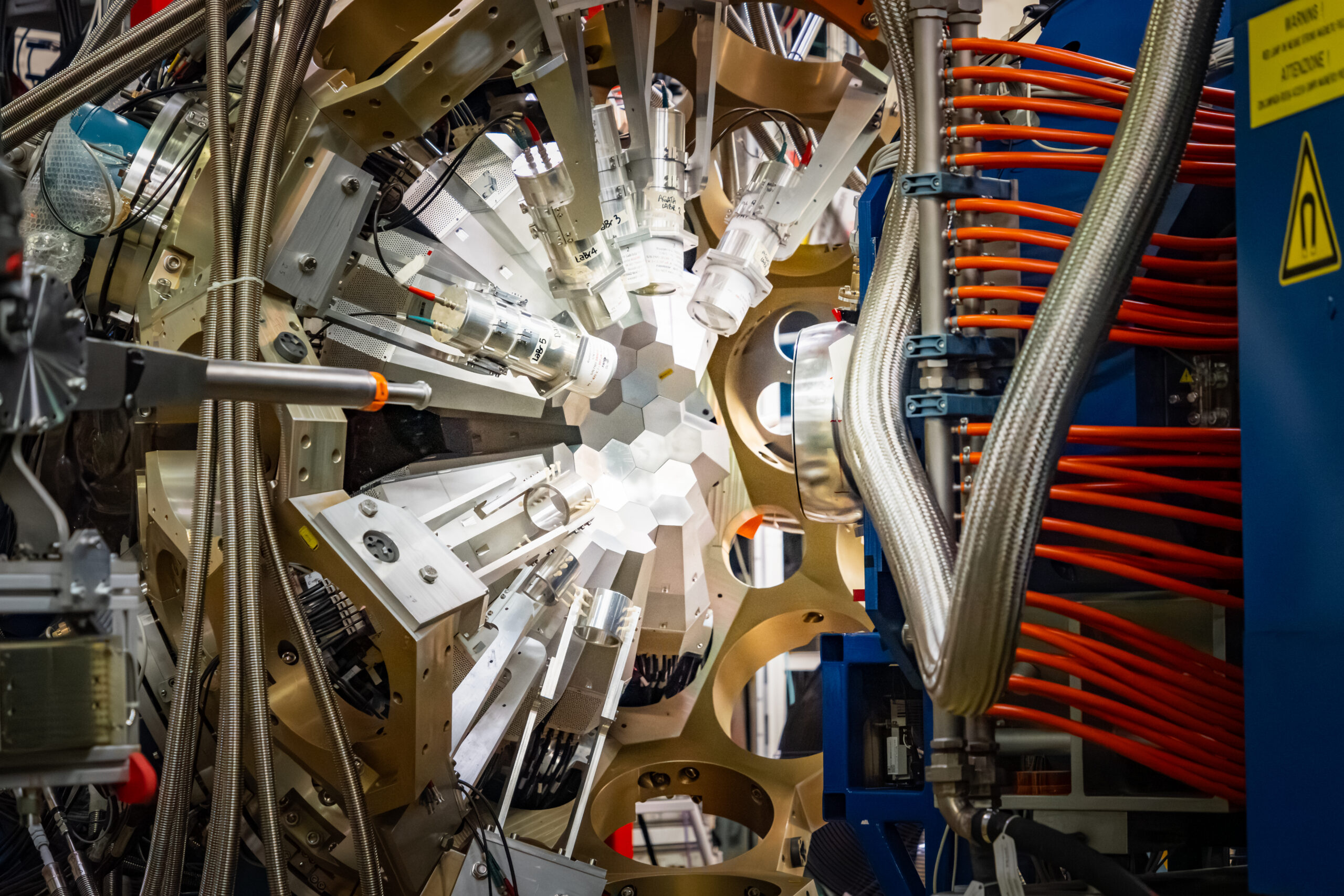
Physics Photowalk 2025: the ten pictures on the Italian podium
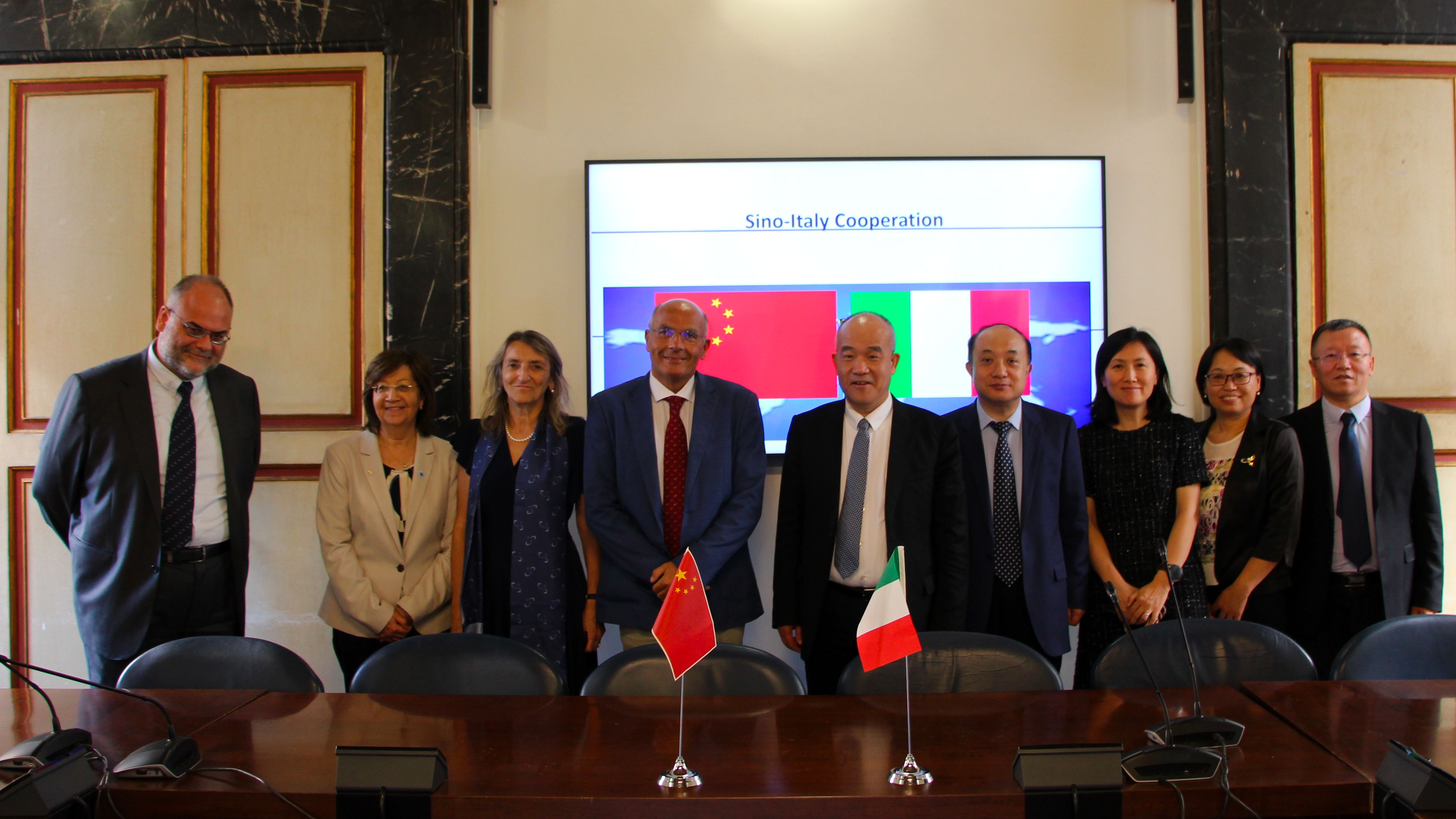
Italy-China: important bilateral meeting between NSFC and INFN
26 September 2025
Read more Italy-China: important bilateral meeting between NSFC and INFN